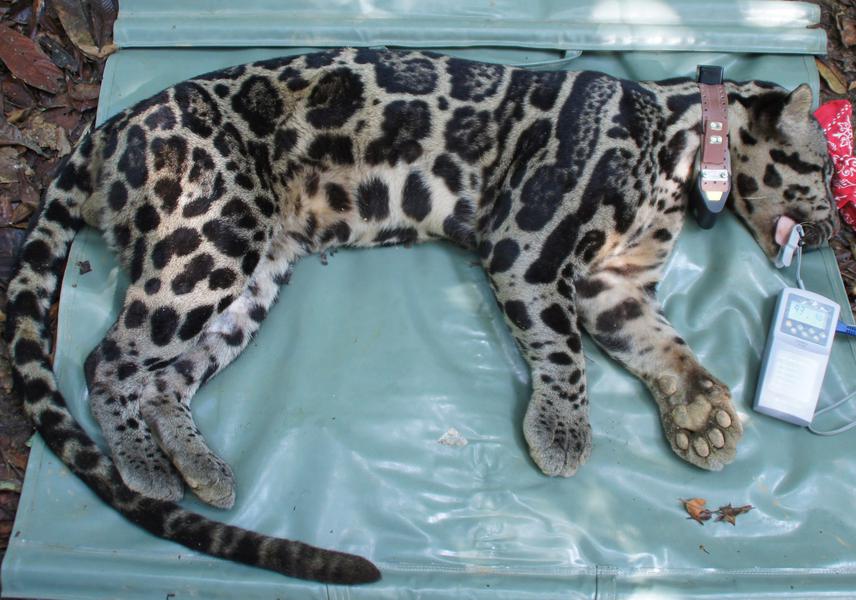Fernando Najera
We aim to identify possible pathogen exposure to the unique guild of endangered Bornean felids inhabiting a fragmented landscape in Sabah, with special emphasis in the Sunda clouded leopard.
Borneo’s rainforest supports five species of wild felids. Two species are considered Endangered by the IUCN (flat-headed cat and bay cat) and two as Vulnerable (Sunda clouded leopard and marbled cat). Only the leopard cat remains listed under least concern. Despite their threatened status, Bornean wild cats’ ecology remains poorly understood. One of the main threats of the Bornean felids is loss of habitat as a result of deforestation and forest conversion.

Forest fragmentation exposes the Bornean felids to emerging anthropogenic threats such as transmitted diseases from feral cats/dogs. The Bornean Wild Cat Vet Project™ was implemented to determine the main disease threats which may affect the populations of the Bornean felids of the Lower Kinabatangan floodplain which represents a patent example of fragmented landscape. In collaboration with the Sabah Wildlife Department, University Complutense of Madrid, Danau Girang Field Centre (Cardiff University) and Wildlife Conservation Research Unit (University of Oxford) the project will be based at the Danau Girang Field Centre located in the heart of the Lower Kinabatangan Wildlife Sanctuary.
The project aims to investigate the health of feral cats/dogs which inhabit the wildlife sanctuary and neighbouring oil palm plantations, in order to study the potential disease’s transmission to wild felids. As well the project will conduct the first health evaluation of the Bornean wild felids, create a data base regarding immobilization procedures, and reference values for haematology and biochemistry. Finally, the project will increase the awareness of the Bornean wild cats and their conservation needs worldwide.